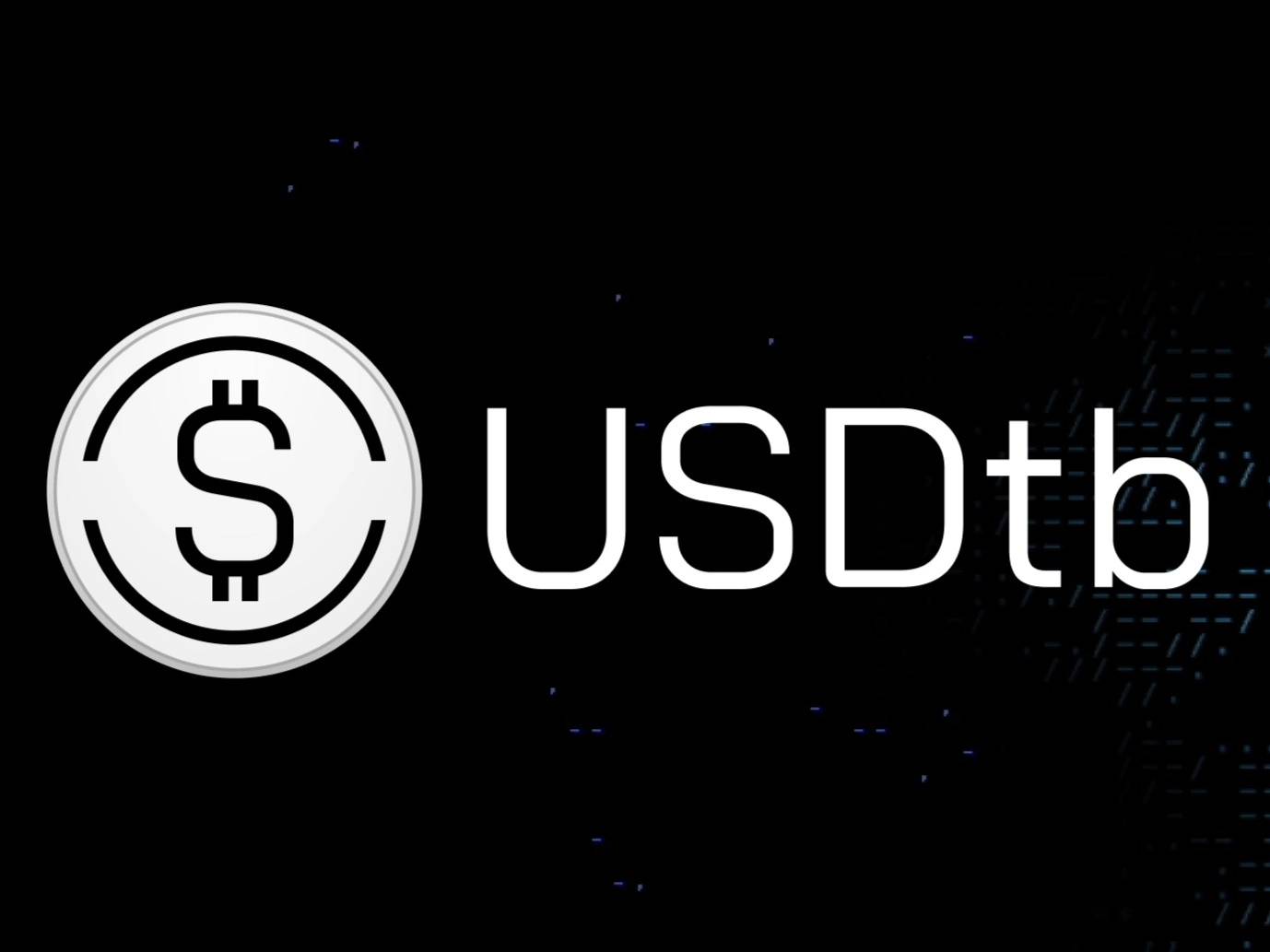订阅 wiki
Share wiki
Bookmark
USDtb
USDtb
USDtb 是一个 Ethena 生态系统 稳定币,于 2024 年 12 月推出,由贝莱德的 BUIDL 支持,专为在 区块链 网络上使用而设计,与传统银行系统相比,能够实现更快、更便宜的交易。 [1] [5]
概述
USDtb 是一种基于 区块链 的 稳定币,由代币化的美国国债基金产品和 稳定币 储备 支持,以支持流动性和赎回。其初始 抵押品 包括贝莱德的 USD Institutional Digital Liquidity Fund Token (BUIDL)。USDtb 由 Ethena 开发,旨在提供比传统法币系统更快、更具成本效益的交易,同时在市场波动期间作为 Ethena 生态系统中风险较低的替代方案。
铸造和赎回通过具有严格 KYC/AML 合规性、供应限制和指定托管人的 智能合约 系统进行。USDtb 通过可见的链上钱包活动和每月基金报告来保持透明度。虽然可用于支付、交易和价值存储,但持有者不会获得治理权或来自基础资产的收入。 [1] [2]
Aave 集成
USDtb 通过在去中心化借贷市场 AAVE 上达到 2580 万美元的借款额,实现了一个重要的里程碑。市场分析师 Sentora 报告了这一创纪录的高位。在 2025 年 5 月 12 日 USDtb 集成到 Aave 的核心实例之后,借款额激增,这促进了平台上更深入的贷款利用率和更高的资金利用率。这种集成突显了 USDtb 在去中心化金融 (DeFi) 生态系统中的日益重要性。USDtb 由贝莱德代币化基金支持,这些基金投资于美国国债和其他政府义务,这有助于其作为可靠的数字美元替代品的地位,向传统金融投资者展示了 DeFi 格局的合法性。Ethena 的 USDtb 和贝莱德的 BUIDL 基金之间的合作利用了这种强大的支持,在去中心化世界中创造了更多的借贷机会,充当了连接传统投资网络与去中心化系统的桥梁。从 USDtb 在 AAVE 上的成就可以看出,DeFi 中对稳定币的兴趣日益浓厚,这表明对其在各种 DeFi 投资活动(如 质押、衍生品交易和现金 流 管理)中的使用有强劲的需求。 [6]
USDtb 架构
USDtb 的结构使其能够独立运作,并与关联实体保持破产隔离。它由 Pallas (BVI) Ltd. 发行,该公司是在英属维尔京群岛注册成立的有限责任公司。基金会由一名独立董事监督,其存在仅是为了支持 USDtb 的运营和基础设施。
Pallas (BVI) Ltd. 是 Pallas Fund (BVI) Ltd. 的唯一股东,Pallas Fund (BVI) Ltd. 是一家获得 BVI 金融服务委员会认可的私人投资基金。该基金管理着支持 USDtb 的资产,并在机构托管账户中持有代币化的美国国债产品。该基金的投资经理 Athene Management Limited(Ethena Labs 的关联公司)根据服务协议被保留,并且不持有管理股份。治理由独立董事维护,他们在 Pallas 基金会、Pallas Fund 或 Athene 之间没有重叠,从而确保了角色的分离和运营的完整性。 [3]
USDtb 铸造
USDtb 的 铸造 和赎回过程由 智能合约 系统管理,该系统执行来自单个管理实体的加密签名指令。订单使用 EIP-712 或 EIP-1271 标准签名,并依赖于链下询价 (RFQ) 系统来确定定价。受益人将签名的订单提交给 RFQ 服务器,该服务器保留最后决定权,并在允许链上执行之前应用严格的验证。
关键参数包括:
- 每个区块的最大铸造/赎回量(按资产): 限制每个资产类型在一个 区块 中 铸造 或赎回的 USDtb 数量,可由管理员调整。
- 每个区块的全局最大铸造/赎回量: 限制每个 区块 中所有资产类型的总 铸造/赎回量,也可由管理员调整。
- 委托签名人: 允许批准的地址通过两步委托过程将签名权分配给另一个地址,从而使 智能合约 能够授权外部拥有的帐户。
- 托管人: 只有经过管理员批准的托管人才能从 铸造 过程中接收资产。
- 受益人: 一个预先批准的实体,持有用于 铸造 过程中的资产,并被允许根据 USDtb 铸造用户协议的条款接收 USDtb。
- 受益人: 由受益人指定的地址,被授权从 铸造 过程中接收 USDtb。 [4]
代币经济学
USDtb 是一种完全抵押的 稳定币,与美元 1:1 挂钩。每个代币都由一系列机构级资产支持:大约 80% 在贝莱德的 BUIDL 国债基金中,20% 在 USDC 储备中。这确保了始终完全抵押。
代币的供应量根据需求动态调整,只有经过验证的用户存入等值的批准资产时,才会 铸造 新代币。所有 铸造 和赎回都受到严格控制,以维持挂钩。
虽然 铸造 仅限于 KYC 批准的用户,但一旦发行,USDtb 可以在支持的 区块链 平台上自由转移和交易。该代币不具有治理权,也不赋予持有者从支持资产中获得收入的权利。 [2]
交易所上市和实用性
USDtb 通过在中心化交易所上市扩大了其覆盖范围,从而提高了其效用和可访问性。加密货币 交易所 Bybit 上市了 USDtb,并在 2025 年 3 月 6 日的一周内将其作为保证金 抵押品 提供。Bybit 是第一个支持 USDtb 的 CeFi 交易所。为了激励使用,Bybit 为客户提供奖励,以奖励他们在平台上的任何地方持有或使用 USDtb,允许用户赚取高达 5.00% 的年利率,每日支付。 Bybit 的这一举动发生在 稳定币 市场竞争日益激烈,美国关于稳定币的监管讨论取得进展之际。Ethena Labs 表示,USDtb 的 储备 资产由托管人在隔离的、链上的和公共钱包中持有,并通过 区块链 和他们的透明度页面提供实时透明度信息。 [7] [5]
发现错误了吗?
